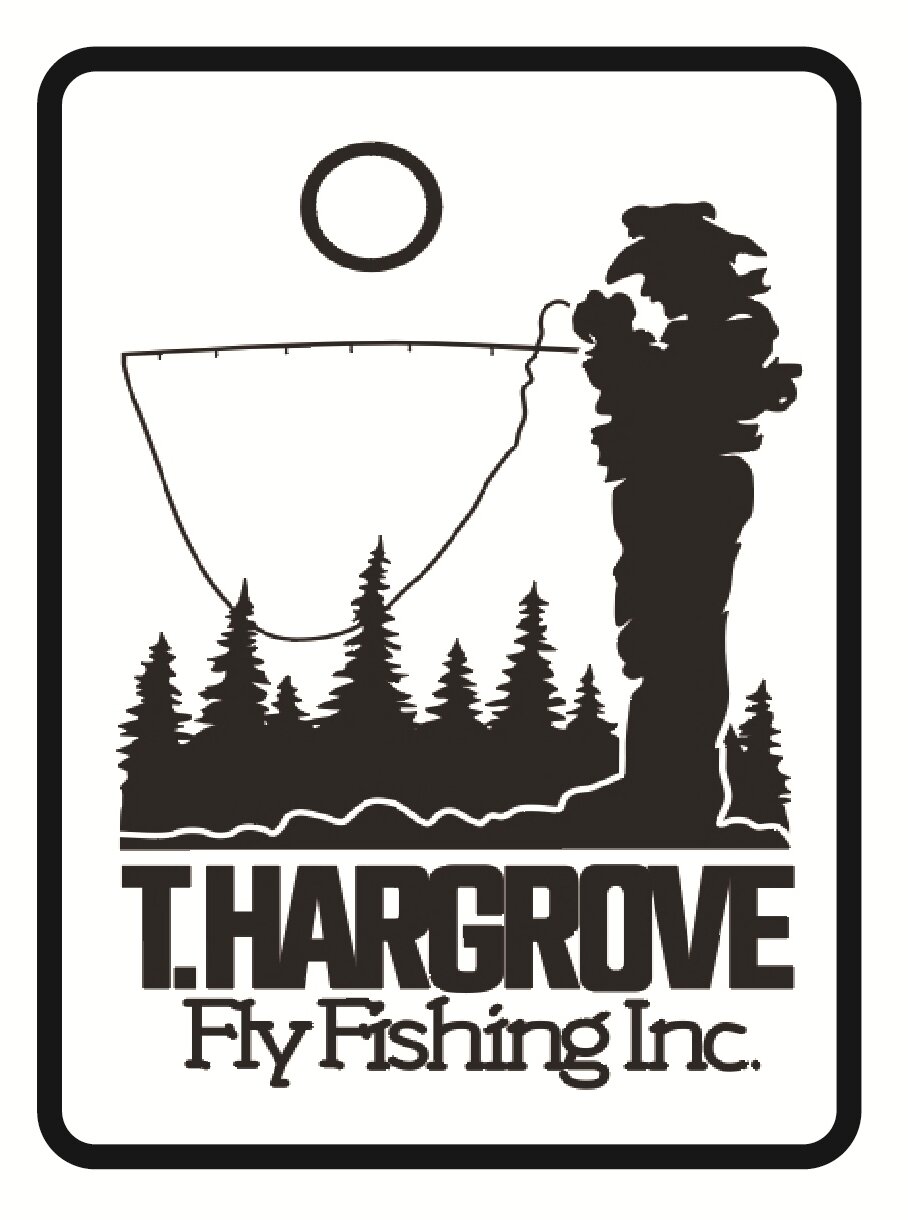The Adams Parachute
History of the Pattern
Harold Hinsdill Smedley, in his book, Fly Patterns and Their Origins (Westshore Publications, 1943) credits Leonard Hallady of Michigan with creating the Adams fly in 1922. When German brown trout were introduced into the Boardman River in order to compensate for the loss of native grayling and brook trout, Hallady tied a pattern he hoped would be effective with the finicky browns. He gave one of his new flies to his friend, Judge Charles Adams, who fished it and returned to Hallady, declaring the new fly a “knock-out”. By 1934, the Adams fly was patented by William Avery Bush of Detroit, Michigan, and sold commercially. In the early part of the twentieth century, mass production of fishing tackle in the United States was a booming business, and many lures, flies, and other equipment that had been made formerly by hand in small quantities were patented and manufactured in factories. The Adams fly became widely available. The parachute version of this fly has become popular probably because it is easier to tie.
Materials
Hook: 1X Fine wire, Standard shank, Turned-Down eye; (e.g., TMC 100, Fasna 100BL, Hanak 100 ) or equivalent; sizes 14-20
Thread: Black (example: Uni 6/0-8/0, UTC 140D-70-D, Veevus 14/0)
Wing: White calf tail, tied as a post
Tail: Grizzly and brown hackle tips
Rib: Brown thread (example: UTC 140D)
Body: Wapsi Superfine - Adams Gray
Hackle: Grizzly and brown hackle (one or two stems of each), wound around wing post parachute-style

